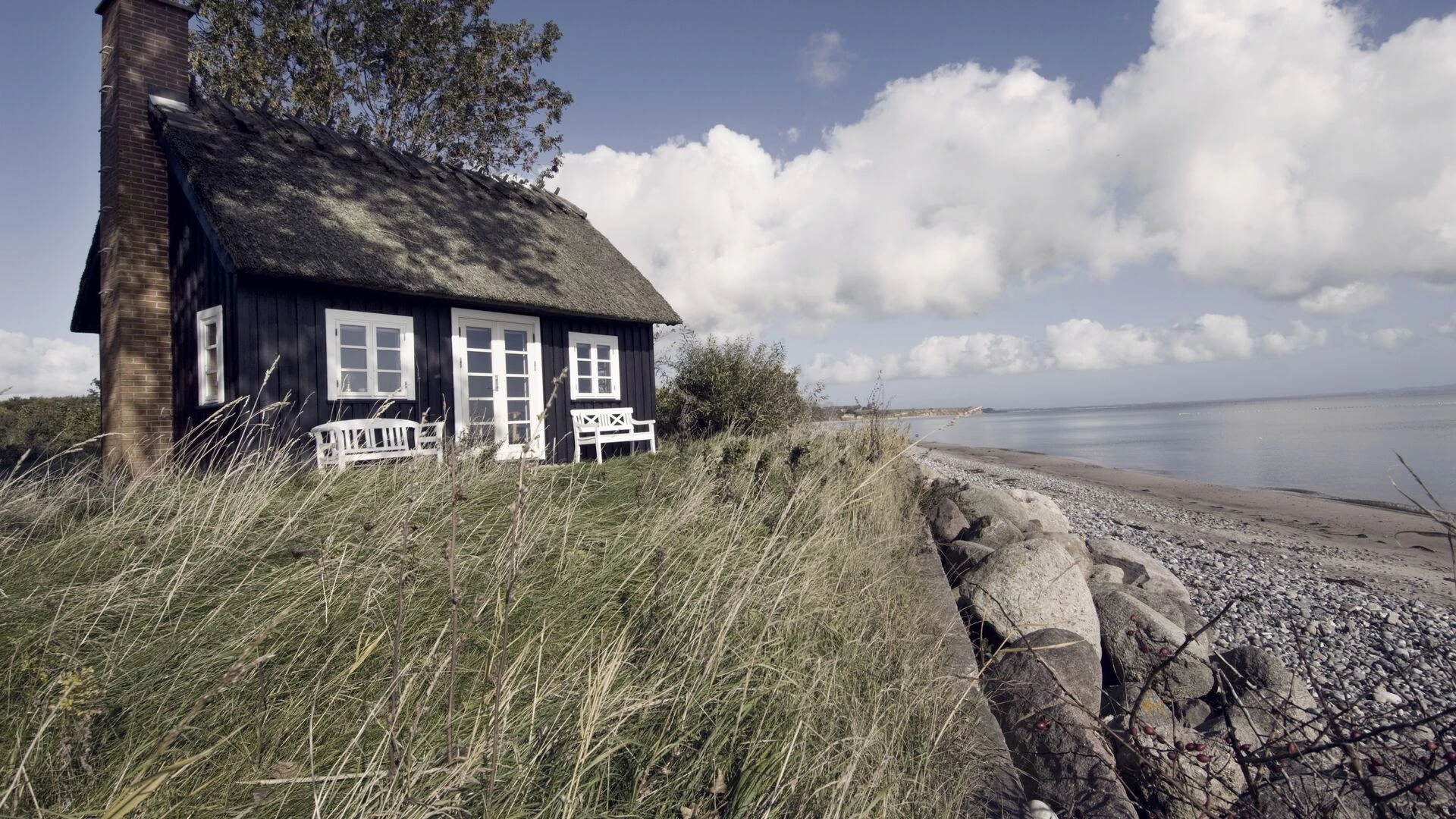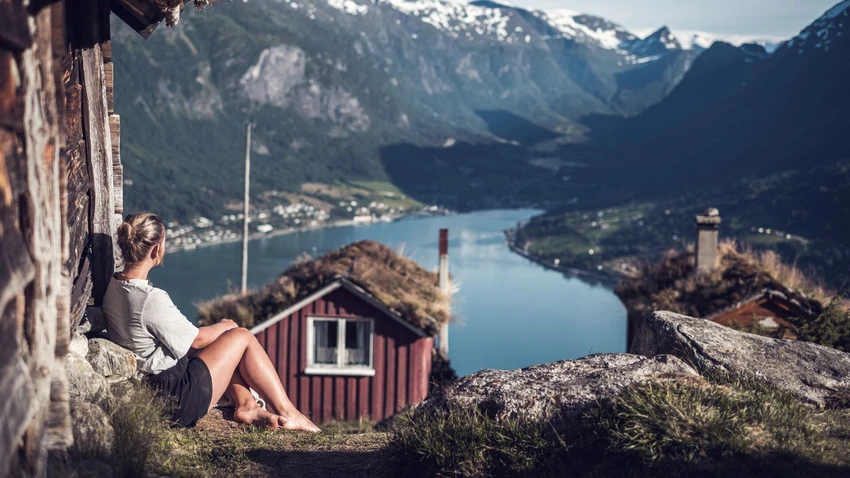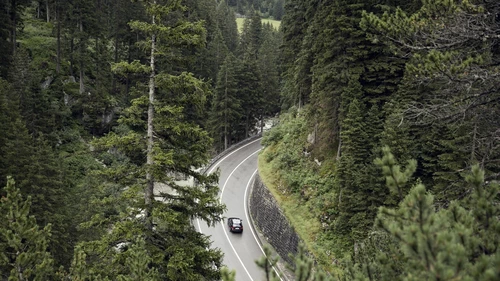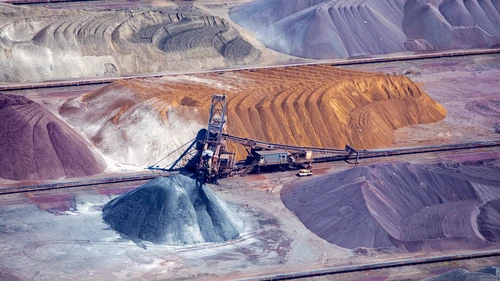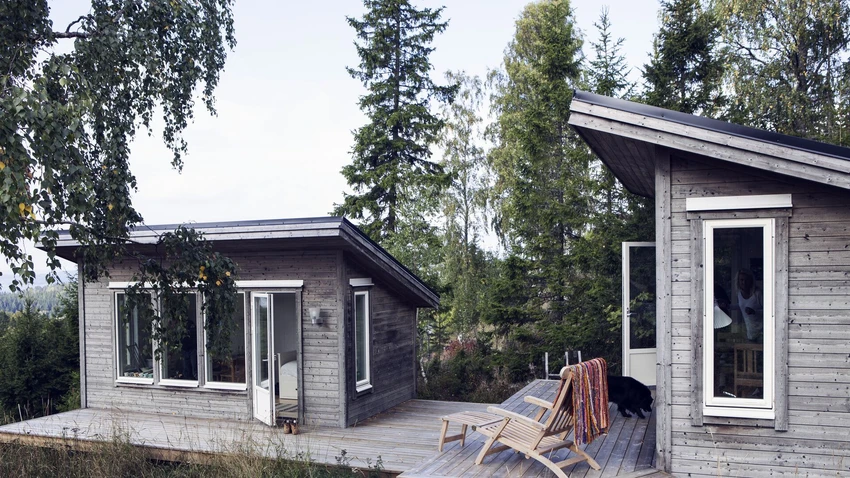
Market trends
When is the peak buying season? According to our own Danish survey, summer house purchases peak from 26 May to 1 June, with an average of 266 houses sold during this week in Denmark alone.
In Denmark summer house prices are expected to increase by approximately 3.5% in 2025 and by 4% in 2026 (measured from 1 January to 31 December 2025).
In Norway, 2024 was reported to be a record year for the summer house market, with 20% more summer houses sold than the year before. Prices also increased by 1.2%, according to a report from Norwegian media.
In Finland, summer house sales peaked during Covid-19 and dropped in 2024. Renovation costs also declined in 2025, according to a report from Finnish media.
In Sweden the trend was the same, with a peak during Covid-19 – but here it continued into 2024 when 20% more summer houses were sold compared to the year before. A summer house costs approximately SEK 2.2 million in Sweden, and in Norway the average price is NOK 2.9 million.
